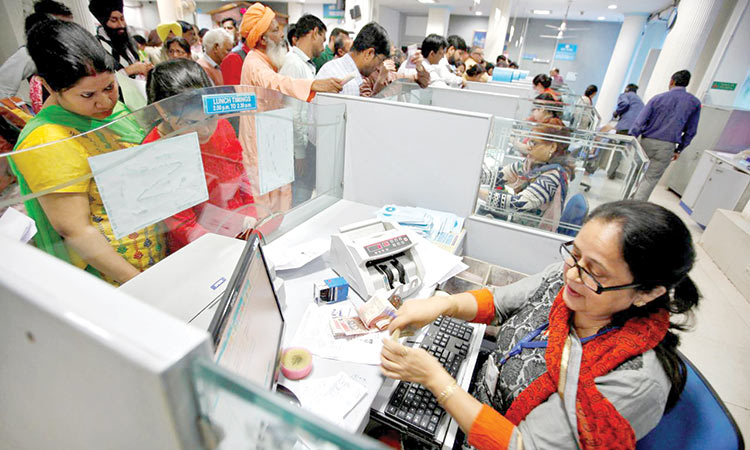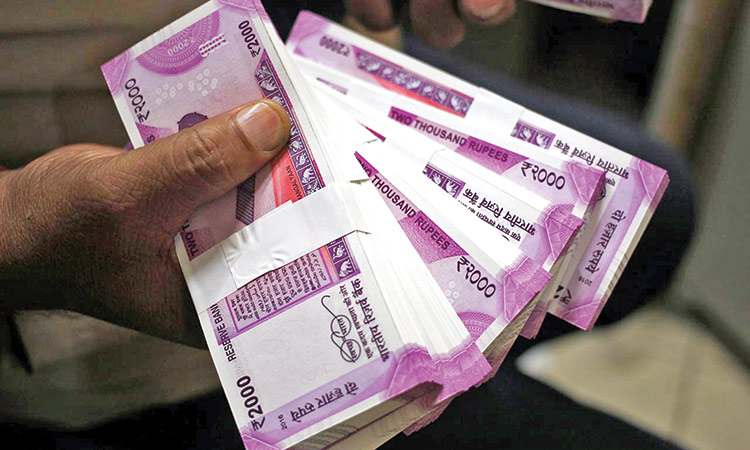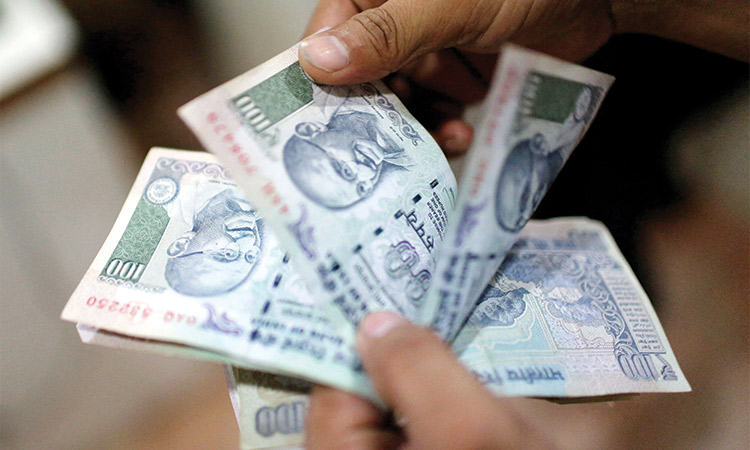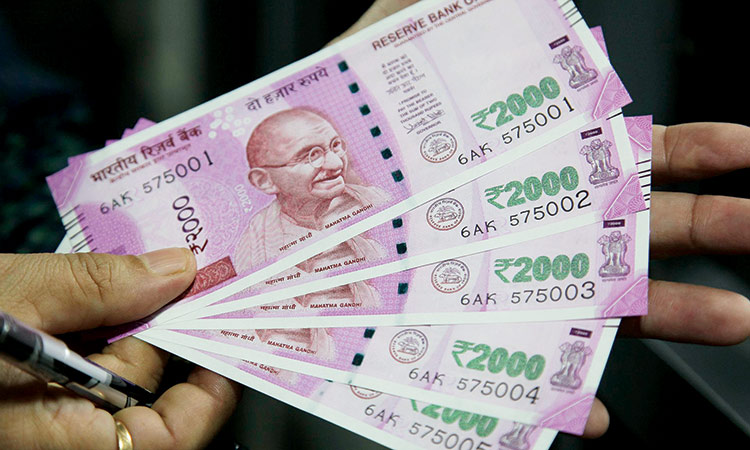GST Council focus now on easing compliance, curbing tax evasion
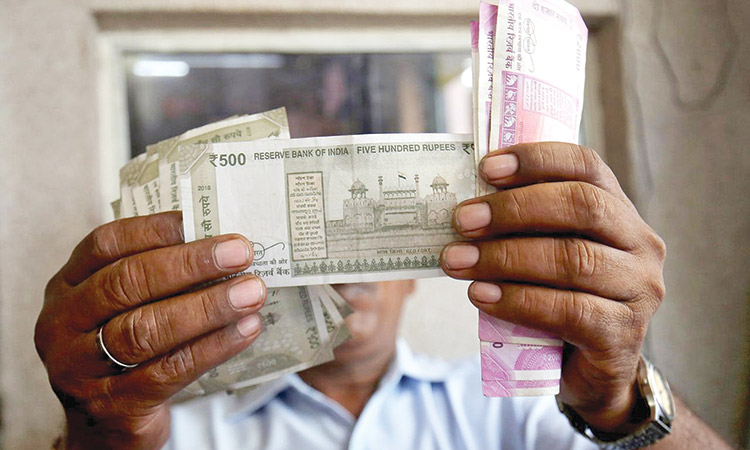
A cashier checks Indian rupee notes inside a room at a fuel station in Ahmedabad, India. Reuters
In a major relief to trade and businesses, the all-powerful GST Council in its first meeting after the Modi government came back to power extended the cut-off date for filing annual returns for FY18 by two months to August, 2019.
Easing the enrollment process for new firms, the Council decided to allow the use of 12-digit Aadhaar number for getting GST registration.A In order to check tax evasion, the Council made it now mandatory for registered multiplexes to issue e-tickets. The electronic invoicing system would be rolled out in a phase-wise manner for B2B transactions.
The proposal to slash GST on electric vehicles (EVs) from 12 per cent to 5 per cent has been sent to a rate fitment committee and the issue would be taken up in the next GST Council meeting. The issue related to valuation of goods and services in a solar power generating system and wind turbine would also be taken up first by the panel of officers.
The Council chaired by Union Finance Minister Nirmala Sitharaman extended the tenure of National Anti-Profiteering Authority (NAA) by two more years to ensure companies pass on the benefits of lower GST rates to consumers.
In its 35th meeting, the GST Council on Friday decided to introduce electronic invoicing system in a phase-wise manner for business-to-business or B2B transactions. The move is set to help tax authorities contain the menace of tax evasion.
“E-invoicing is a rapidly expanding technology which would help taxpayers in backward integration and automation of tax relevant processes,” the Finance Ministry said in a statement after the GST Council meeting.
The Phase-1 is proposed to be voluntary and would be rolled-out from January 2020.
Pratik Jain, Partner & Leader, Indirect Tax, PwC India said that the decision to implement e-invoicing model means that technology will continue to play a critical role in tax administration.
“While this system could initially be implemented for B2B segment only, but with e-ticketing for multi-screen cinema halls, a similar mechanism is also proposed for B2C segment. If this experiment turns out to be successful, one could see this mechanism getting extended to other B2C segments as well,” he said. Another anti-evasion measure taken by the Council is requiring registered multiplexes to issue tax invoice. Accordingly, the electronic ticket issued by them would be deemed a tax invoice.
In order to ease the compliance burden, the GST Council took a slew of measures including a decision to allow Aadhaar number for GST registration. Further, it extended due date for annual return for financial year 2017-2018 by two months to August 31, 2019.
The Council, meeting for the first time after Modi government came back to power for its second term, also introduced a single return for all businesses to be rolled from January 1, 2020.
“This would indeed ease compliance,” industry body Ficci said. In order to give ample opportunity to taxpayers as well as the system to adapt, the new return system for trade and businesses would be introduced in phased manner.
Accordingly, Form GST ANX-1 would be made compulsory from October 2019 onwards. While large taxpayers (having aggregate turnover of more than Rs 5 crore in previous year) would file Form GST ANX-1 on monthly basis, small taxpayers would file their first Form GST ANX-1 for the October-December quarter of this year in January 2020.
“For October and November 2019, large taxpayers would continue to file Form GSTR-3B on monthly basis and will file first FormGST RET-01 for December 2019 in January 2020. It may be noted that invoices etc. can be uploaded in Form GST ANX-1 on a continuous basis both by large and small taxpayers from October 2019 onwards,” the Finance Ministry said.
Addressing press conference after the meeting, Revenue secretary Ajay Bhushan Pandey termed the decision as consumer-friendly.
“In order to ensure GST rates cuts are actually passed on to customers and no anti-profiteering takes place the current provision is that only the penalty of Rs 25,000 will be imposed in addition to the profiteered amount. So, the change approved by the Council is that now if profiteered amount is not deposited within 30 days, then the penalty to the extent of 10 per cent of the profiteered amount will be imposed on the company,” Pandey said.
The Council also took a decision regarding location of the State and the Area Benches for the Goods and Services Tax Appellate Tribunal (GSTAT) for various states and Union Territories with legislature. “It has been decided to have a common State Bench for the States of Sikkim, Nagaland, Manipur and Arunachal Pradesh,” a finance ministry statement said.
Hectic lobbying by cement companies and builders, however, failed to convince the apex indirect tax body to cut GST on cement from 28 per cent to 18 per cent.
Indo-Asian News Service
